-
Bohaterstwo, które podziwiał świat. „W..
POLSKA2 lata temu -
Neon24 – ruska V kolumna
POLSKA2 lata temu -
Nowe osoby w Zarządzie Amiblu
BIZNES2 lata temu -
Mechanizm warunkowości – krok ku Homo Eu..
POLSKA3 lata temu -
Wściekłe i wulgarne „Lemparcice” ..
POLSKA3 lata temu -
Rolnicze poparcie dla prezesa Elewarru – ..
NEWS3 lata temu
Przedchrześcijańskimi Słowianami interesują się nie tylko Słowianie

Słowiańska historia i kultura jest interesująca także dla niesłowian … Może są to jakieś znaki czasów używając określenia polskich watykańskich katolików . Napisałem watykańskich bez złośliwości . Rzym już zrezygnował ze zwierzchnictwa Kościoła …
Słowianie wracają na SALONY ?
Mam nadzieję , że nie . To inni pukają do naszych salonów ….
Polacy ,
nie wiem jaka była , a nawet czy była ,nazwa zbiorowa plemion ,
które zostały nazwane POLSKĄ po 966r. ,
przestańmy myśleć o przodkach jako o barbarzyńcach , dzikusach , aborygenach , małpoludach …
Poznanie naszej przeszłości wyprostuje kręgosłupy . Moralne , umysłowe , polityczne ,religijne …
Nie byliśmy gorsi niż inne plemiona …
Dzisiaj nie jesteśmy gorsi niż inne narody…
Stanisław Wyspiański napisał :
RZECZ DZIEJE SIĘ W ROKU TYSIĄC DZIEWIĘĆSETNYM
SCENA 1.
CZEPIEC, DZIENNIKARZ.
CZEPIEC
Cóż tam, panie, w polityce? Chińcyki trzymają się mocno!?
DZIENNIKARZ
A, mój miły gospodarzu, mam przez cały dzień dosyć Chińczyków.
CZEPIEC
Pan polityk!
DZIENNIKARZ
Otóż właśnie polityków mam dość, po uszy, dzień cały.
CZEPIEC
Kiedy to ciekawe sprawy.
DZIENNIKARZ
A to czytaj, kto ciekawy; wiecie choć, gdzie Chiny leżą?,
CZEPIEC
No daleko, kajsi gdzieś daleko; a panowie to nijak nie wiedzą,
że chłop chłopskim rozumem trafi, choćby było i daleko.
A i my tu cytomy gazety i syćko wiemy.
DZIENNIKARZ
A po co – ?
CZEPIEC
Sami się do światu garniemy.
DZIENNIKARZ
Ja myślę, że na waszej parafii świat dla was aż dosyć szeroki.
CZEPIEC
A tu ano i u nas bywają, co byli aże dwa roki w Japonii; jak była wojna.
DZIENNIKARZ
Ale tu wieś spokojna. – Niech na całym świecie wojna,
byle polska wieś zaciszna, byle polska wieś spokojna.
CZEPIEC
Pon się boją we wsi ruchu. Pon nos obśmiwajom w duchu. –
A jak my, to my się rwiemy ino do jakiej bijacki.
Z takich, jak my, był Głowacki. A, jak myślę, ze panowie
duza by juz mogli mieć, ino oni nie chcom chcieć!
Chciejmy , bardzo chciejmy spojrzeć jak miały się rzeczy 1000 lat wcześniej
– w latach 900 …..!!!!
Może też wiedzieli nasi przodkowie , gdzie Kitajce , Hindusi , Persowie ???
Może ogień i miecz cesarstwa rzymskiego narodu niemieckiego nie uszlachetnił naszej kultury , cywilizacji , moralności ? Warto poświęcić trochę czasu na udzieleniu sobie odpowiedzi na podobne pytania .
Szczególnie , gdy niesłowianie interesują się naszymi dziejami !!!
Poniżej przykład bardzo ładnego postu o Słowianach …z anglojęzycznego forum!!!!
|
|||||||
| Heathenry Portal |
 |
|
|
Thread Tools  |
Search this Thread  |
| #1 | |||||||||||||||||||||||||||||||||||||||||||||||
|
Veteran Member
Last Online: 07-13-2012 12:47 AM
Join Date: Apr 2009
Meta-Ethnicity: .
Ethnicity: .
Gender:

Posts: 2,785
          
|
Background
Slavic pre-Christian religion is one of the least known in comparison to other European peoples. There are no direct accounts which would describe its character. The only surviving sources which give some insight into Slavic paganism are the early Christian chronicles, like Nestor’s chronicle (Повесть временных лет) or Kosmas’ chronicle. Prokopios Kaisareus, the Byzantine historian wrote a brief account of Slavic religion. Consequently, our knowledge of early Slavic religion is extremely fragmentary and not sufficient to reconstruct the pantheon or the mythology. All we know are general descriptions of single deities and customs distorted and described from a Christian, often non-Slavic, perspective.Religion of the Polabian tribes and East Slavs has been described slightly better than those of others. Reconstructions of Creation Myth and Pantheon Slavic creation myth has been reconstructed by ethnographists mostly from the Ukrainian and Bulgarian folklore legends. According to these tales, the world has been created from a primeval ocean or an abyss by Sventovit (who in some versions is replaced by Perun or Rod), as well as Svarog and Weles. These three deities were most likely the three main gods of the Slavic pantheon. Sventovit (or Perun) was most likely the main deity, a god-creator, while Svarog and Weles represented respectively the forces of light and darkness. According to the legends, Svarog and Weles together erected the land above the primeval ocean using the sand from the bottom of the abyss. However, they quarrelled over who will assume the rule over land and, as a result, Sventovit divided the world into two domains. Weles became the god of magic, lore and riches. He became the ruler of the underworld or “Nawii”, where souls of the dead would go for rest. According to Nestor’s chronicle, written in Medieval Rus, it was a custom among the Slavs to take oaths in the name of Weles, or, in case of warriors, in the name of Perun. An old Russian document called “A word on Igor’s expedition” (Слово о плъку Игоревѣ), indicates that Weles was the patron-deity of sages and fortune-tellers. It is however interesting that Vladimir I, the pagan duke of Kievan Rus, did not list Weles as one of the Slavic gods to whom he erected statues in 980. Accoring to some scholars Weles was also a guardian of cattle. After christianisation Weles became the Devil. Some Slavis sayings refer to the “sins of Weles” or tak form of a curse – “go to the Weles!” – as in go to the Devil, go to hell. Svarog on the other hand was an ancient god of fire. He was also the god of blacksmiths and sun. The root of the word “swar” is also common in Sanskrit and Iranian words referring to sky or fire. Svarog is probably a variant of a common fire/solar deity which the Slavs shared with the Indo-Aryans and the Iranians. According to some legends Svarog was the father of gods and the main god-creator. It is interesting to note that the opposition between Svarog and Weles, or light and darkness, has its parallels in the Indo-Aryan worship of Mitra and Waruna, and Iranian worship of Ahuramazda and Aryman. In Kievan Rus Swarog was also known as Dadźbóg, Dażbóg, or Dabóg. Alternatively Dadźbóg was the son of Swarog. Kievan dukes regarded themselves as “grandsons of Dadźbóg”. In Polabie, Swarog was known under the name of Swarożyc (which can also mean “son of Svarog”). He was worshipped as the god of fire – incluing sacrifical and house fire. According to a German historian, Thietmar, the temple of Swarożyc was in Radogoszcz, or Radegost:
…on the territory of the Lutici, or Wieleci – a Slavic confederation of tribes known for their aggression and staunch devotion to paganism. This was the capital fort of the Redari who were a part of Lutici. It was also mentioned by Helmond and Adam of Bremen. Thietmar wrote: “There is, in the land of the Redari, a fort triangular in shape and with three gates leading to the inside, called Radogoszcz, surrounded from all sides by a great forest untouched by the natives and worshipped as sacred. Two of the gates are always opened for the people who enter. The third one, from the East side, is the smallest one and opens to a small pathway that leads to a nearby fearsome-looking lake. Within the for there is a single temple, built masterfully from wood and resting on the fundaments made of horns of wild animals. Its inner walls are adorned with the images of pagan gods and goddesses – which are, as one can notice by looking at them closely – sculptured wonderfully, from wood, while inside the chamber there are statues of gods, made by human hand, with helmets and armours – each with his own name engraved. The first one is called Swarożyc, and he is the subject of a particular worship among the pagans. There are also many banners stored in there, which they never take, except for war expeditions, and then they are carried by foot warriors. For protection of all of this, the natives have appointed special priests.” Polabians:
Radegost:
/// – Veleti confederation \\\ – Duchy of the Obodrites Here is an interesting pdf on Slavic oracles: http://sms.zrc-sazu.si/pdf/02/SMS_02…cki_Zaroff.pdf And another one in German: http://www.folklore.ee/Folklore/vol42/pommern.pdf Adam of Bremen wrote that the Redari worshipped Radegast/Radogost, which would mean this was another name for Swarożyc. According to Helmond, Radegast was also worshipped by the neighbouring Obodriti. According to the sources, the Slavs kept a white horse in the temple of Swarożyc. This is interesting as horse often symbolised solar deities in other IE religions, like Celts. When the Lutici were defeated by the Saxons and temple burnt down, one of the bishops apparently rode on the sacred horse.
Slavic temple „am Groß Radener See”:
Main Slavic „grads“ and temples:
/// – Lutici Polabian, Lechitic Slavs Polabian Tribes:
A website on Polabisn Slavs – the Lutici, their history and religion: http://www.killikus.de/mecklenburgis…ichen-ivenack/ Google-translated from German:
Quote:
And an interesting passage on religion of local Slavs:
Quote:
At Ivenack lake there was apparently the capital of the Lutici or Veleti – one of the strongest Polabian tribes. Veleti were also called Wilzen – after slav. “Wilcy” – meaning “Wolves”. Ivenack and its oaks groves:
It is interesting that the cult of Swarożyc at the temple of Radegost was by far the key uniting factor bestowing a sense of common identity upon various tribes of Lutici confederation. Swarożyc, like I said, was the god of sun and fire. And also god of war worshipped by the warriors. Cult of Swarożyc was common to all Slavs, and commonly took form of morning prayers to the rising sun. History of the Veleti confederation: "… In the late 10th century, the tribes mentioned above formed an alliance known as the Liutizians (also Liutizi, Lyutitzi, or Liutitians; German: Liutizen or Lutizen). The leaders of the Liutizian tribes met at their major stronghold, the fortified temple of Rethra, and decided important matters together. They are believed to have played the key role in the Slavic uprising of 983. However, the alliance fell apart due to internal conflicts in the 1050s; Rethra was raided and destroyed by the Saxons in the winter of 1068/69. The Kissini and the Circipani were targeted in various attacks from the west, e.g. Saxon raids in 1114 and 1125, and were succeeded by and incorporated into the Obodrite confederacy by Gottschalk. The Redarier and Tollenser and some Circipani were in part succeeded by the Pomoranians and Poles coming from the east in the 1120s, and in 1147 again invaded by the participants of the Wendish Crusade. The division of the Liutizian lands that took place in the early 12th century is still present in the borderline dividing Mecklenburg, which emerged from the Obodrite state, and Vorpommern to the east. Territories conquered by the Pommornian duke Wartislav I aided by Polish duke Boleslaw III the Wrymouth became the Duchy of Western Pomernia:
…initially a fiefdom of Poland, later semi-independent and subjected to German Emperor. The Liutizian lands were subject to the Holy Roman Empire until 1164 and, after a period of Danish raids and occupation, settled by Germans in the Ostsiedlung thereafter. The remnants of the Slavic tribes were gradually Germanized and assimilated during the following centuries…" Svantevit, Świętowit or Światowid was the other chief diety of the Slavic panthenon, symbolised by a swan or a white horse:
His main temple was in the famous Arkona, on the island of Rugia inhabited by a seafaring and expansive tribe of Rani:
There was a temple there, erected upon the cliffs of a little peninsula jutting out into the sea and facing the East. More info here: http://wanclik.free.fr/Svantevit.htm Saxo Grammaticusa in his Gesta Danorum wrote that the temple contained an enormous statue of an anthropomorphic creature with four faces. In one hand it was holding a horn, which the priest would fill with honey to perform divinations. Sventovit was also god of war. His main attribute was sword and his symbol, like that of Swarożyc apparently, was a white horse used for fortune telling. Arkona:
Other pagan Slavic temples in the vicinity: Like the temple of Swarożyc in Radogoszcz, the temple of Sventovit in Arkona was wooden. Inside, the walls were adorned with sculptures and paintings. The temple was also a treasury and was guarded by 300 horseman. It was sacked in 1168 by a Christian duke of the Danes – Valdemar I den Store:
…who organized a crusade against pagan Slavs together with bishop Absalon, here supervising the toppling of the statue of Sventovit:
As a result Rani became vassals of the Danes and were forced to adopt Christianity. Teslav, the duke of the Rani, became a vassal of Valdemar I and gave rise to a local Rugian dynasty. Last edited by Jarl; 12-21-2009 at 07:20 PM.. |
||||||||||||||||||||||||||||||||||||||||||||||
 |
| The Following 22 Users Say Thank You to Jarl For This Useful Post: |
| #2 | |||||
|
Veteran Member
Last Online: 07-13-2012 12:47 AM
Join Date: Apr 2009
Meta-Ethnicity: .
Ethnicity: .
Gender:

Posts: 2,785
          
|
I will try to improve the thread with time. I will also try to limit speculation and "modern pagan" inventions to give readers a minimalistic image, but as cerdible as possible. There are today tendencies to invent stuff, which I totally do not accept. Vague truth is better than a definite beautiful lie.
It is speculataed that Swarog was symbolised by swarga’s and swastikas: While Perun (by most scholars identified with Polabian Sventovit), god of thunders, by "god’s hands":
Symbols form early Polish pottery:
Perun was only known from Kievan Rus. It is unknown if Perun and Polabian Sventovit were two forms of the same deity. Out of all the gods listed by the pagan duke of Kiev, Vladimir I, Perun was the main one. He was described as having "silver hair and golden moustache". However, it is safe to assume that cult of Perun was common through whole Slavdom. Procopius of Cesarea wrote that Slavs worship many gods, but out of them all, the thunder god is the most important and regarded as the ruler of the world to whom sacrifices should be offered from oxen and animals. Variants of Perun were most likely: – Polabian Prowe from Wagria – Polabian Porenut from Rugia (with 5 faces – Saxo Grammaticus) – Polabian Swentovit (with sword and 4 faces) and Rugewit (with sword and seven faces) both from Rugia (Saxo Grammaticus) All these deities were said to be of great importance and were symbolised by sword, most likely meaning they were gods of war, and imagined to have several faces – possibly symbolising their omnipotence and power. Apparently sexual contacts in the vicinity of Rugewit’s temple were forbidden. Most of these gods were also symbolised by oak tree. Oak tree forests were called "peregynia". Perun/Sventovit was a Slavic variant of a god of sky and thunders which was symbolised by horse, or axe (topor in Slavic, or tapar in Iranian). In some folklore tales Perun, god of sky and thunders, has to fight Żmij, god of chaos. This clearly reminds the Svarog-Weles antagonism, which I mentioned before. It is well possible that some degree of overlap existed between Svarog and Perun, as well as Weles and Żmij. Some scholars, like H. Łowmiański, equate Perun with Svarog Last edited by Jarl; 12-21-2009 at 09:59 PM.. |
||||
 |
| The Following 13 Users Say Thank You to Jarl For This Useful Post: |
| #3 | |
|
Inactive Account
Join Date: Nov 2008
Meta-Ethnicity: Gone
Ethnicity: Gone
Gender:

Posts: 5,604
          
|
Excellent posts! Do you have any books to recommend on either the original wave of Slavic Pagans or on the modern revival? I’ve seen quite a bit of good literature on Baltic Paganism (Romuva), but not much on the Slavic.
|



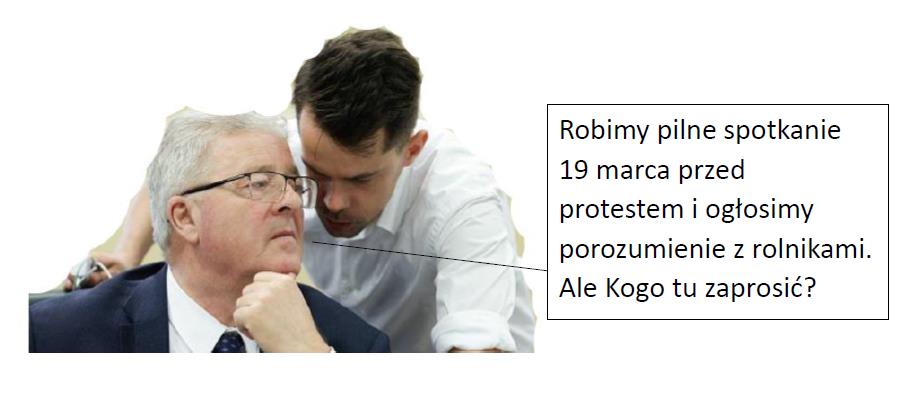




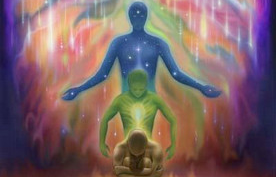



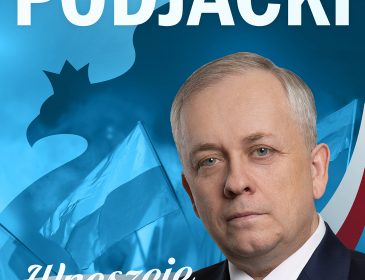

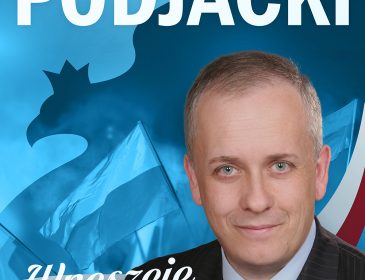







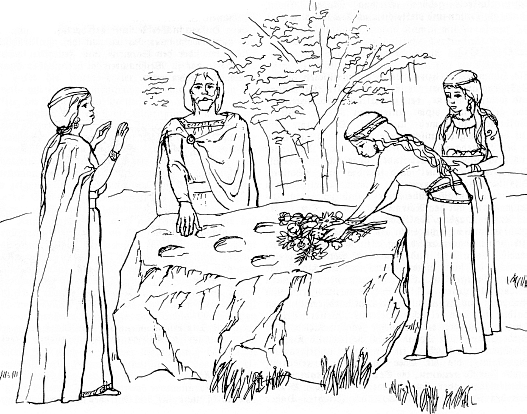
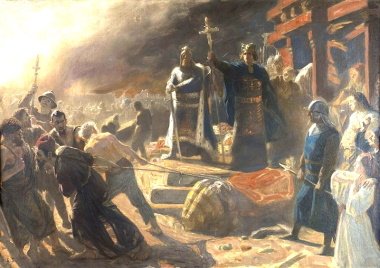



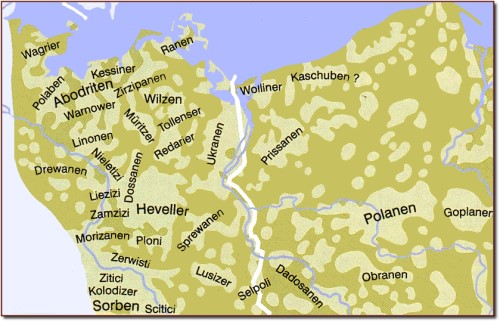
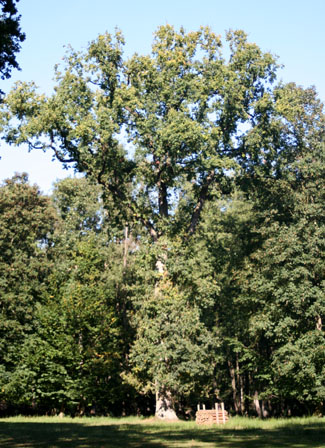
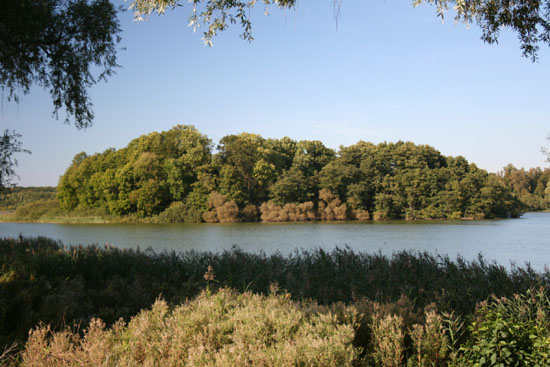
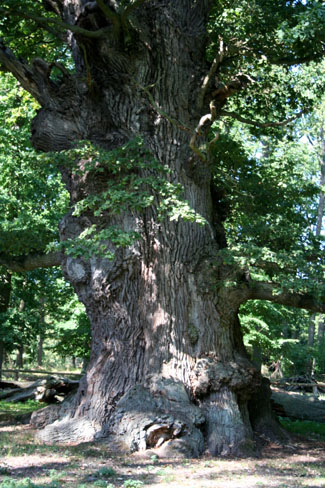
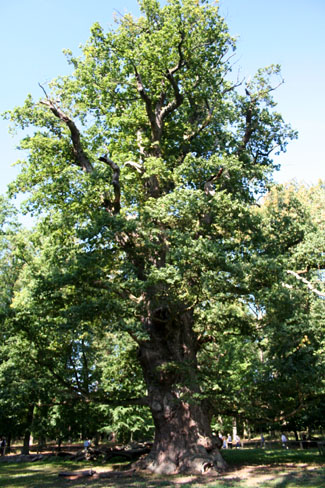
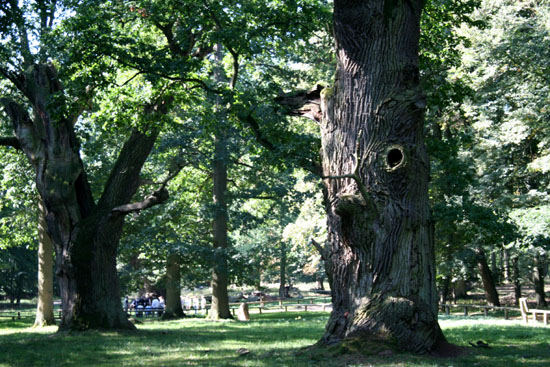
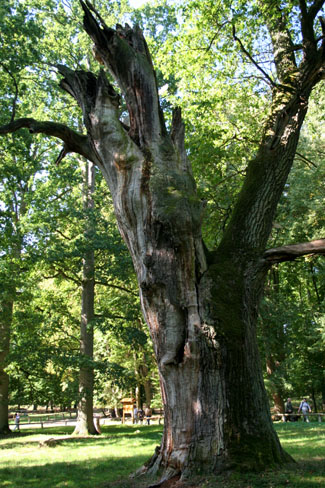









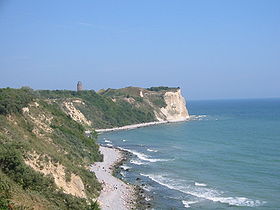



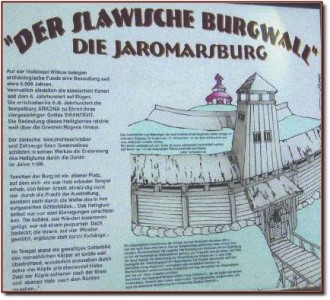

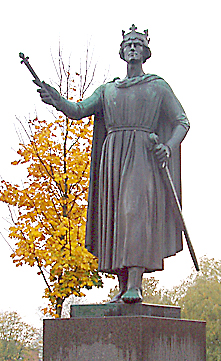






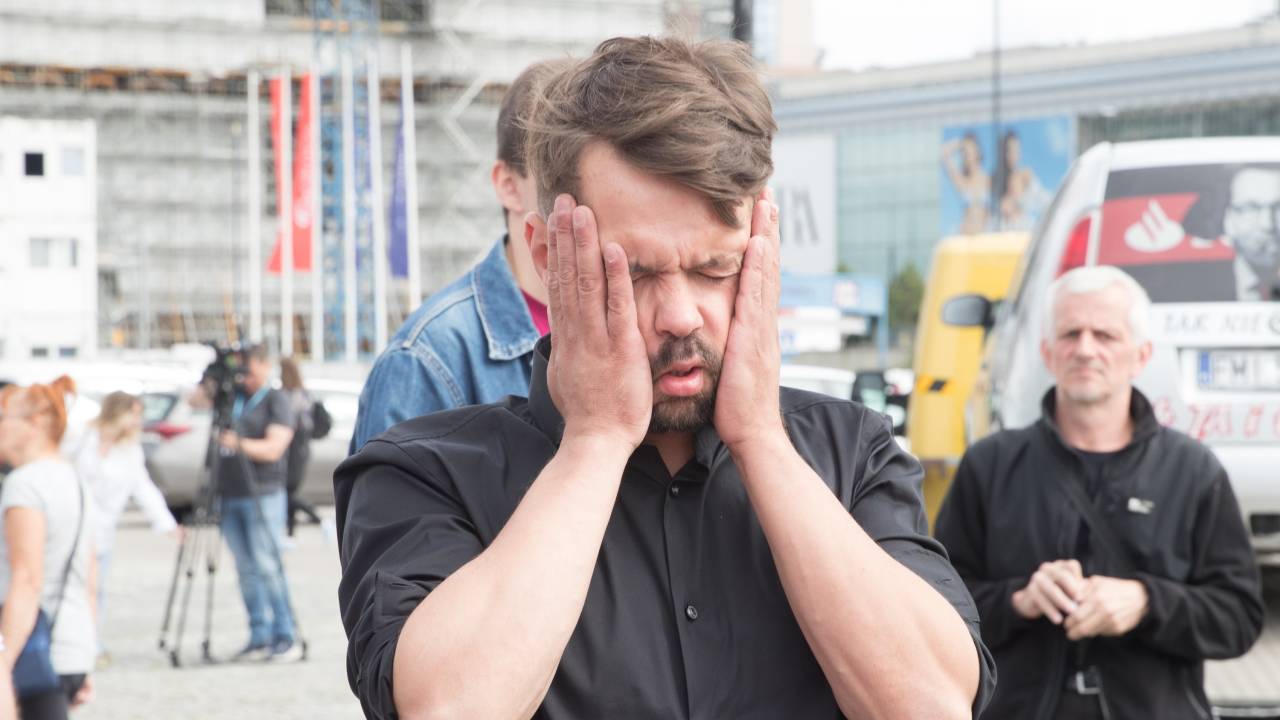



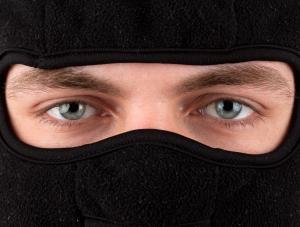




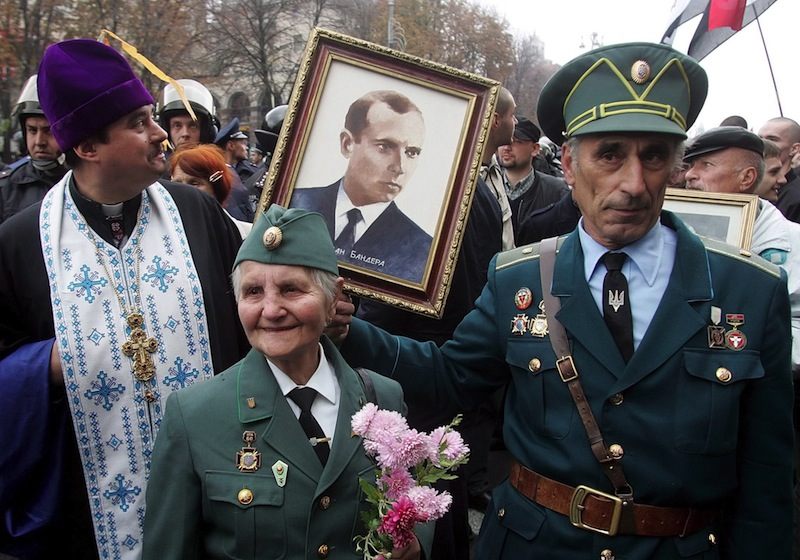
2 komentarz